OHWOW inaugurates its Los Angeles gallery with a solo exhibition of recent work by New York based artist Scott Campbell. In Campbell’s West Coast debut, Noblesse Oblige, he uses copper, currency, graphite, ink, and neon, to transform tattoo subculture iconography into delicate and tempered work.
Campbell expands his use of cut currency, sourcing uncut sheets of dollars directly from the United States Mint, to create large, intricate work with a sunken relief effect. One piece uses $5K worth of currency sheets to create an over two-foot cube, into which a three dimensional skull is carved-out. These works employ the familiar blue-collar vernacular of tattoo flash-boards – a skull smoking a cigarette, a skeleton’s hand in a provocative gesture, a single eye emitting a penetrating ray – and highlight the irony that exists within that imagery.
Noblesse Oblige also includes a suite of prints. Using a tattoo gun, Campbell has engraved a collection of copper plates to make a group of etchings. By using the same plates to compose the separate prints, the artist plays with visual semantics – how meaning changes through arrangement. A series of drawings, executed onto the interior of ostrich eggshells, also flirt with interpretation. Morbid images, rendered in graphite onto these fragile surfaces that represent birth and transformation, point out the delicacy of opposition.
Noblesse Oblige opens on March 19 and runs till April 22, 2011 www-oh-wow.com


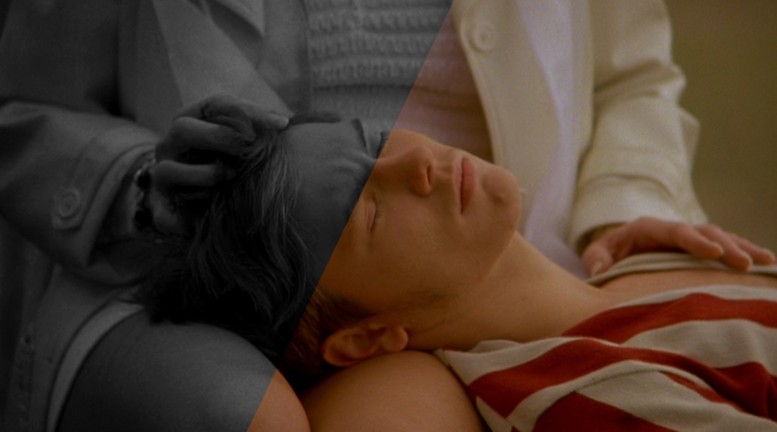

 James Ensor (Oostende, 1860-1949), Skeletons Fighting over a Smoked Herring, 1891, Oil on panel,
James Ensor (Oostende, 1860-1949), Skeletons Fighting over a Smoked Herring, 1891, Oil on panel, 

 “Enforcer” Unique silver gelatin print w/ acrylic polymer and resin on aluminum and wood panel 2010 48 x 84 x 2 inches
“Enforcer” Unique silver gelatin print w/ acrylic polymer and resin on aluminum and wood panel 2010 48 x 84 x 2 inches “The Manchurian Canidate” Unique silver gelatin print w/acrylic polymer & resin on aluminum & wood panel 2010 48 x 84 X 2 inches
“The Manchurian Canidate” Unique silver gelatin print w/acrylic polymer & resin on aluminum & wood panel 2010 48 x 84 X 2 inches



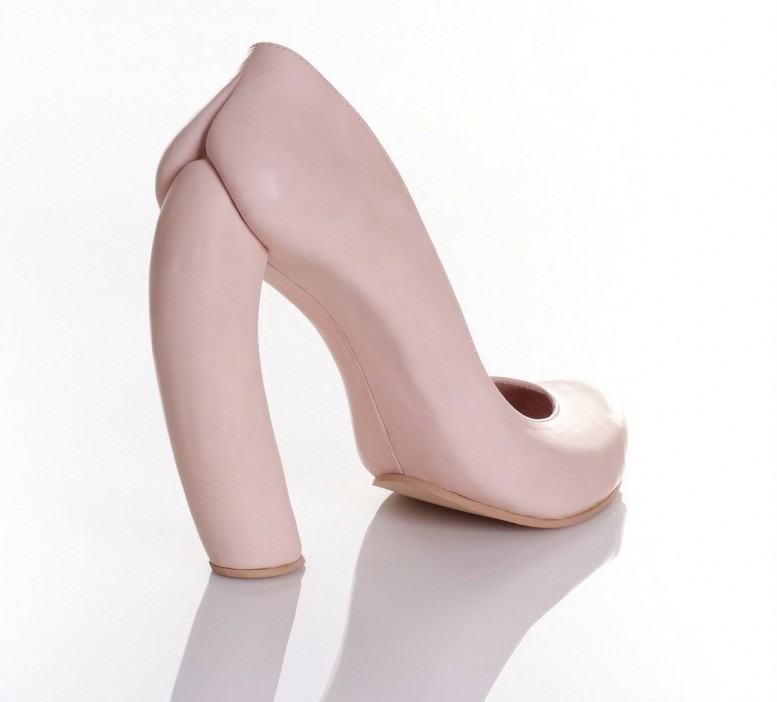

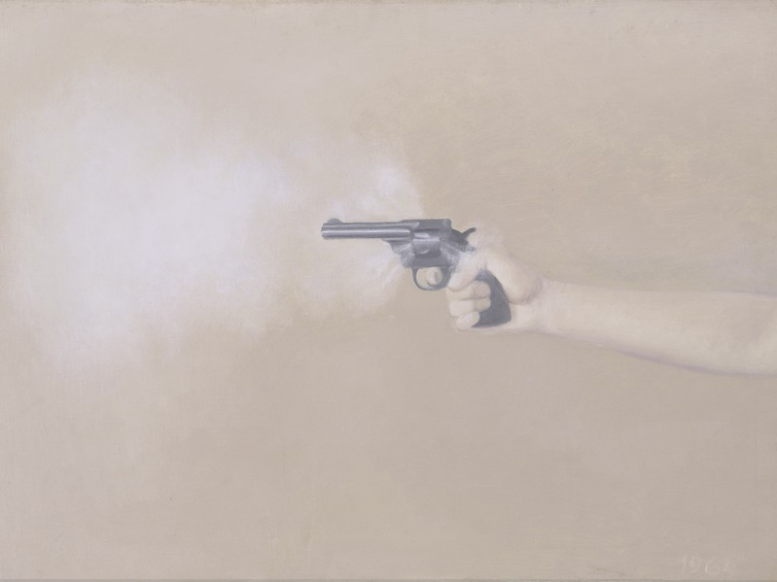 Vija Celmins - Man With Gun
Vija Celmins - Man With Gun
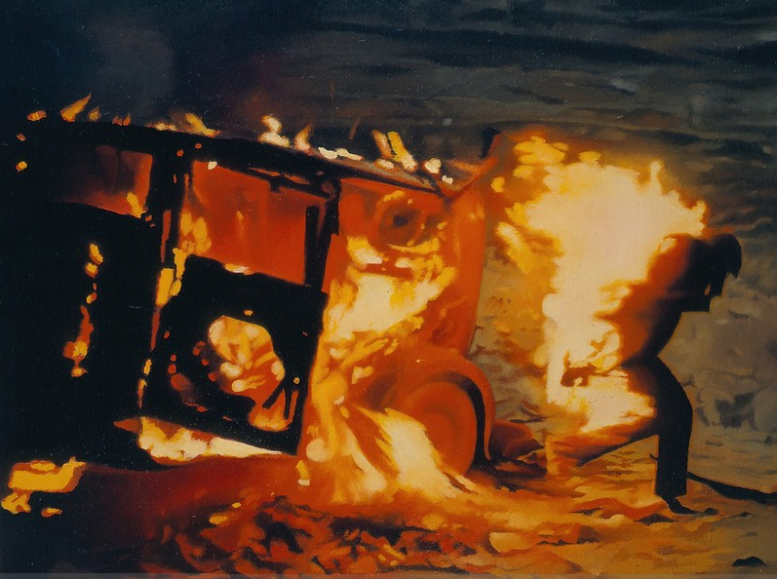 Vija Celmins - Burning Man
Vija Celmins - Burning Man


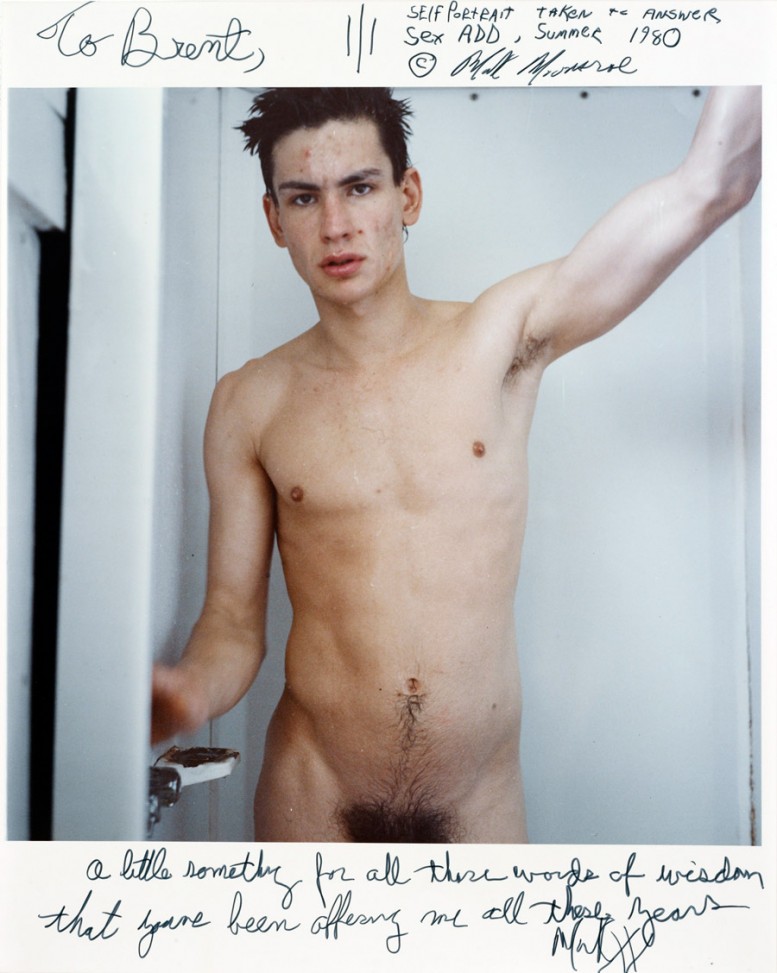
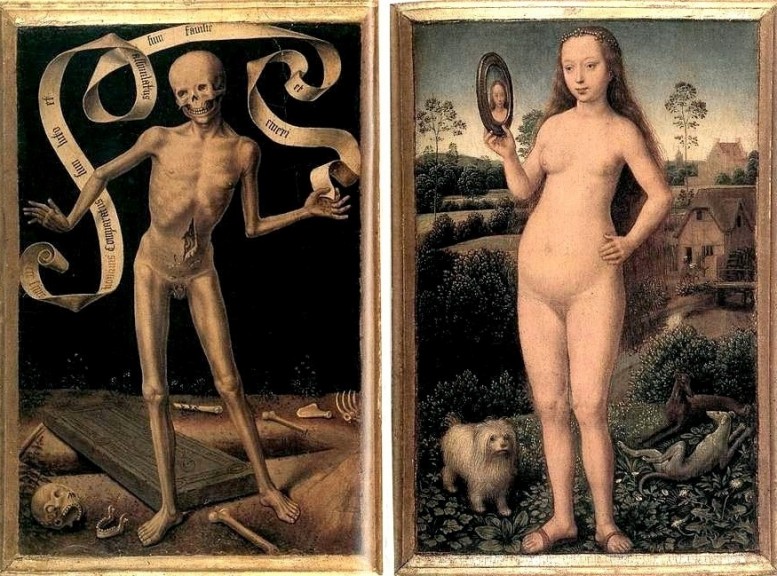 Hans Memling - First Two in "Triptych of Earthly Vanity and Divine Salvation" 1485 - Musée des Beaux-Arts, Strasbourg
Hans Memling - First Two in "Triptych of Earthly Vanity and Divine Salvation" 1485 - Musée des Beaux-Arts, Strasbourg
 Left: Klee in 1911, by Alexander Eliasberg Right: Flower Myth (1918), Watercolor on pastel foundation on fabric & newsprint mounted on board
Left: Klee in 1911, by Alexander Eliasberg Right: Flower Myth (1918), Watercolor on pastel foundation on fabric & newsprint mounted on board Paul Klee in His Studio
Paul Klee in His Studio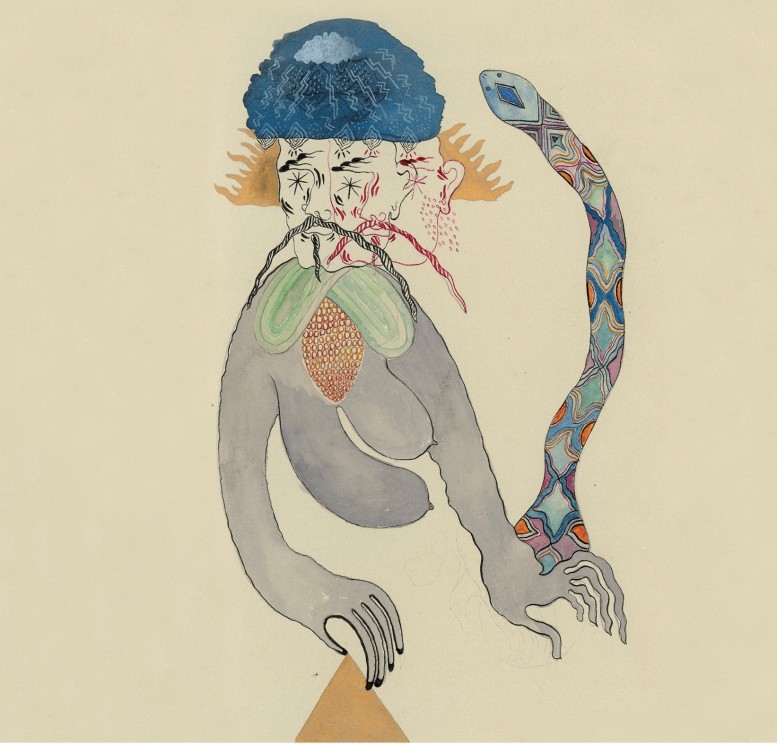
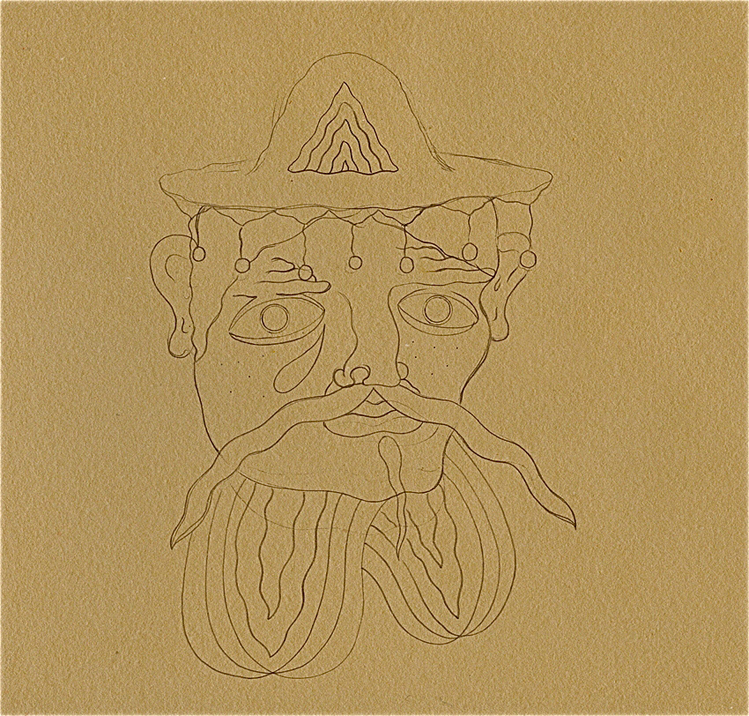
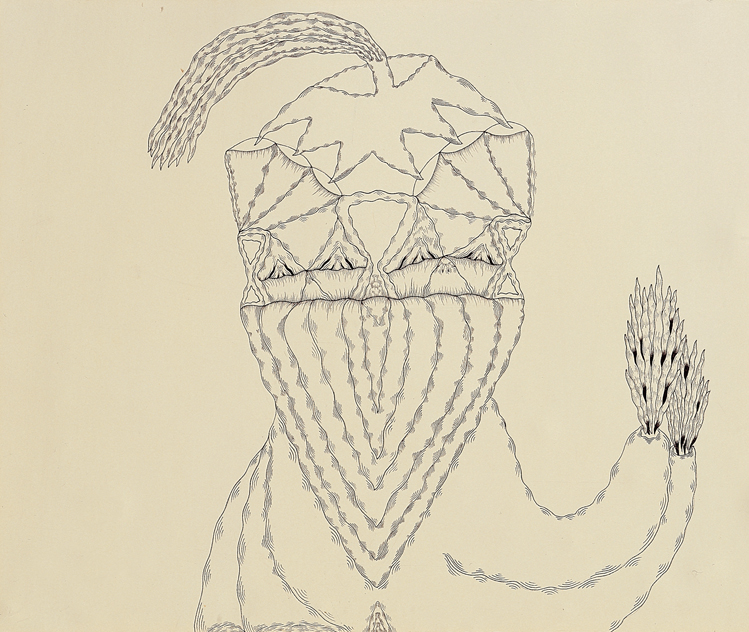

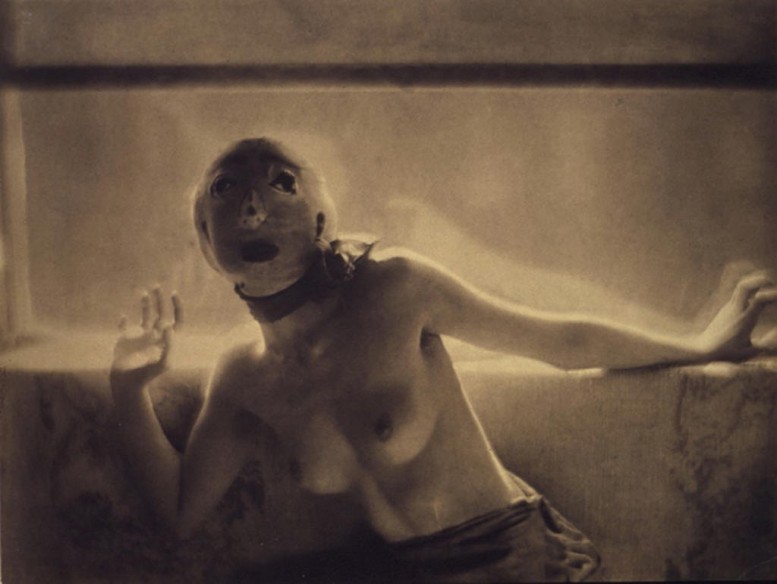 Adolph de Meyer 'Dance Study' 1912 - Alfred Steiglitz Collection
Adolph de Meyer 'Dance Study' 1912 - Alfred Steiglitz Collection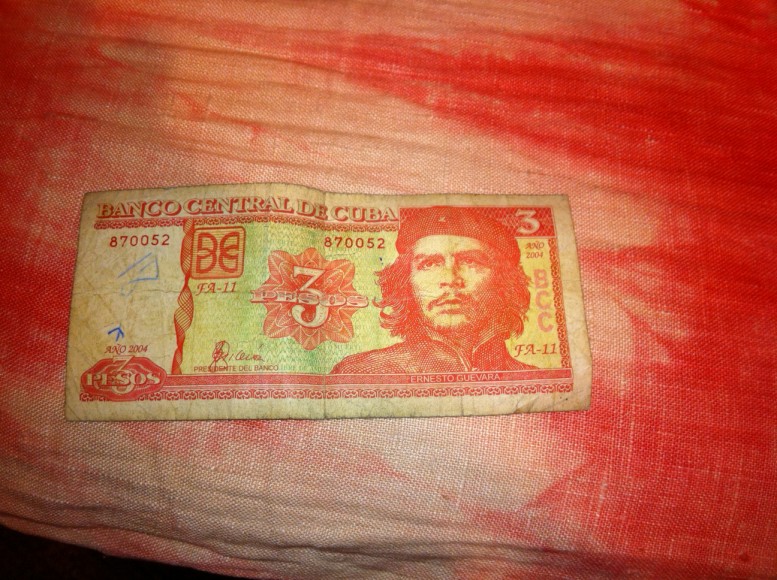 Image by Fredrica Duke
Image by Fredrica Duke